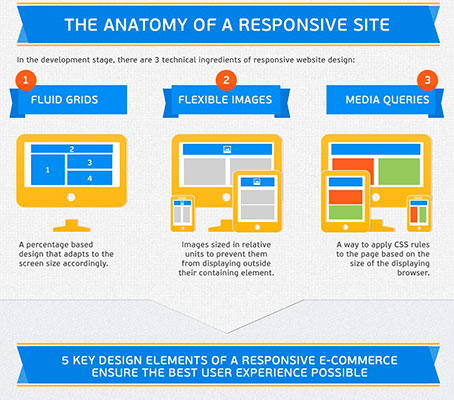The Evolution Of Internet Site Style: From Past To Existing
The Evolution Of Internet Site Style: From Past To Existing
Blog Article
Web Content Written By-Abel Vinson
In the past, sites were simple and concentrated on info. Navigation was straight, and style was for desktops. Currently, customer experience is crucial. Information overviews styles for very easy navigation. Receptive layouts fit different tools. Today, dark setting decreases stress, and minimal menus boost navigating. Interactive attributes involve users, and vibrant visuals stand apart. AI assimilation enhances interaction. See how layout has actually advanced to enhance your on-line journey.
Very Early Days of Web Design
In the very early days of website design, simplicity preponderated. Internet sites were standard, with minimal shades, font styles, and formats. The focus was on offering details as opposed to flashy visuals. Individuals accessed the internet via slow-moving dial-up connections, so rate and performance were essential.
Navigating menus were straightforward, commonly located at the top or side of the page. https://b2bseoservices63840.bloggerswise.com/36579924/how-to-discover-the-right-digital-advertising-and-marketing-company-for-your-service were created for computer, as mobile surfing had not been yet widespread. Material was king, and developers prioritized very easy readability over intricate layout elements.
HTML was the main coding language made use of, and developers needed to work within its constraints. Computer animations and interactive features were marginal contrasted to today's criteria. Web sites were fixed, with little vibrant web content or tailored user experiences.
Rise of User-Focused Layout
With the development of site design, a change in the direction of user-focused design concepts has come to be progressively famous. Today, creating internet sites that focus on individual experience is important for engaging site visitors and attaining organization goals. User-focused design includes recognizing the demands, preferences, and actions of your target market to customize the internet site's design, content, and includes appropriately.
Developers currently carry out thorough study, such as user surveys and use testing, to collect understandings and responses straight from users. This data-driven technique helps in developing instinctive navigating, clear calls-to-action, and aesthetically appealing interfaces that reverberate with site visitors. By placing the user at the center of the style procedure, websites can supply an extra individualized and pleasurable experience.
Receptive layout has also emerged as an essential aspect of user-focused layout, ensuring that internet sites are maximized for numerous gadgets and display sizes. This versatility enhances access and usability, accommodating the varied ways individuals engage with websites today. Basically, the surge of user-focused layout indicates a change towards producing electronic experiences that prioritize the demands and assumptions of the end individual.
Modern Trends in Web Design
Discover the latest patterns forming website design today. hop over to this web-site is dark mode style, using a smooth and contemporary appearance while minimizing eye stress in low-light environments. One more key pattern is minimal navigation, simplifying food selections and improving individual experience by focusing on essential elements. Incorporating micro-interactions, such as computer animated buttons or scrolling effects, can create a much more interesting and interactive website. Responsive layout continues to be important, ensuring smooth customer experiences across different gadgets. In addition, making use of vibrant typography and asymmetrical formats can add aesthetic rate of interest and accentuate particular material.
Incorporating AI innovation, like chatbots for consumer assistance or personalized recommendations, boosts user engagement and enhances procedures. Access has additionally come to be a significant pattern, with developers focusing on comprehensive layout techniques to cater to diverse user needs. Accepting sustainability by maximizing web site performance for speed and performance is an additional emerging trend in website design. Collaborating with user comments and data analytics to iterate and boost style constantly is important for remaining pertinent in the ever-evolving electronic landscape. By embracing these modern-day fads, you can develop an aesthetically attractive, user-friendly site that resonates with your target market.
Conclusion
As you reflect on the evolution of website layout from the early days to currently, you can see just how user-focused style has actually ended up being the driving pressure behind modern trends.
Welcome the journey of adjustment and adjustment in web design, always maintaining the individual experience at the center.
Remain present with the latest fads and innovations, and never ever quit evolving your approach to develop aesthetically stunning and user-friendly web sites.
Evolve, adapt, and develop - the future of web design is in your hands.
